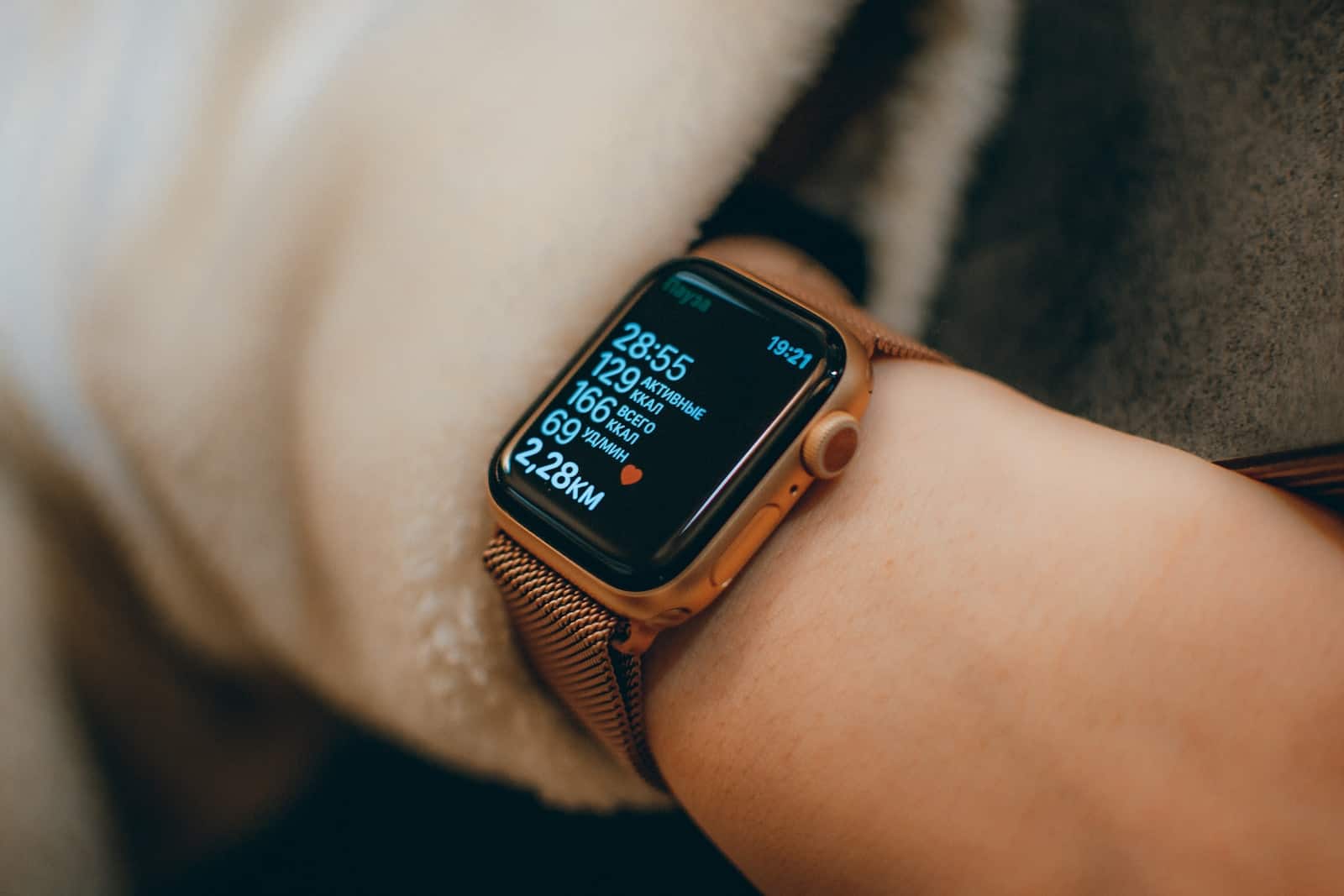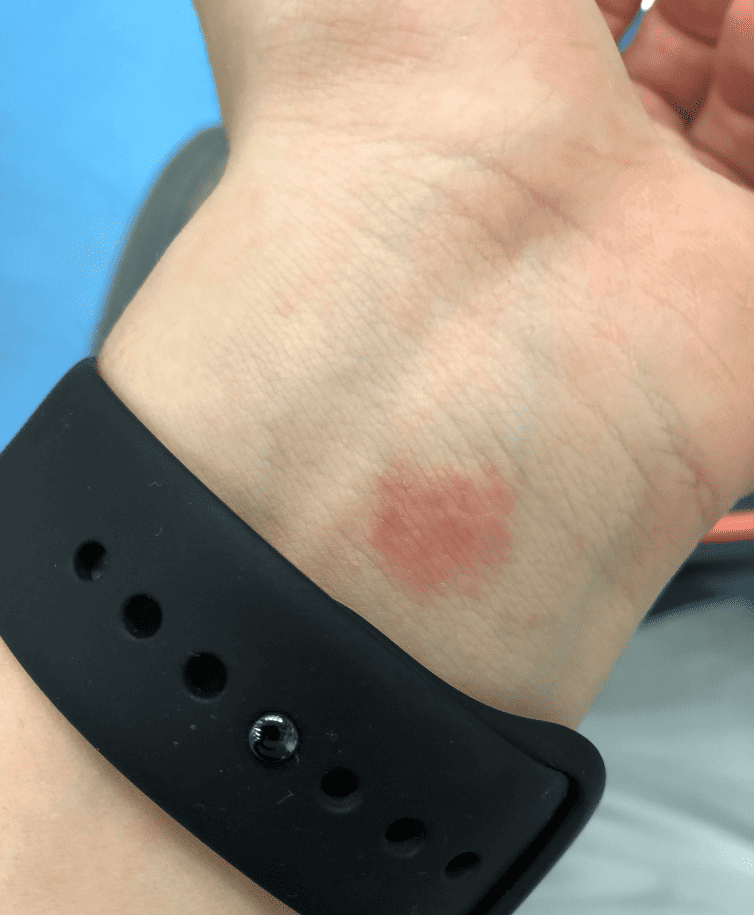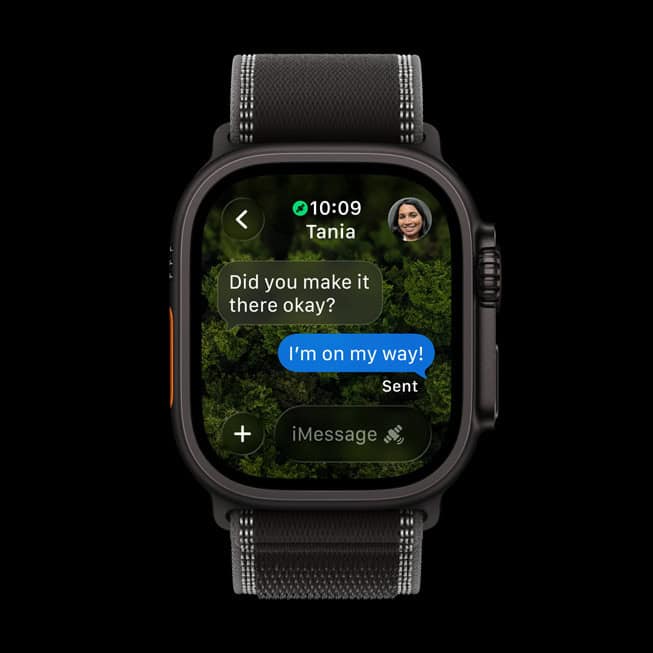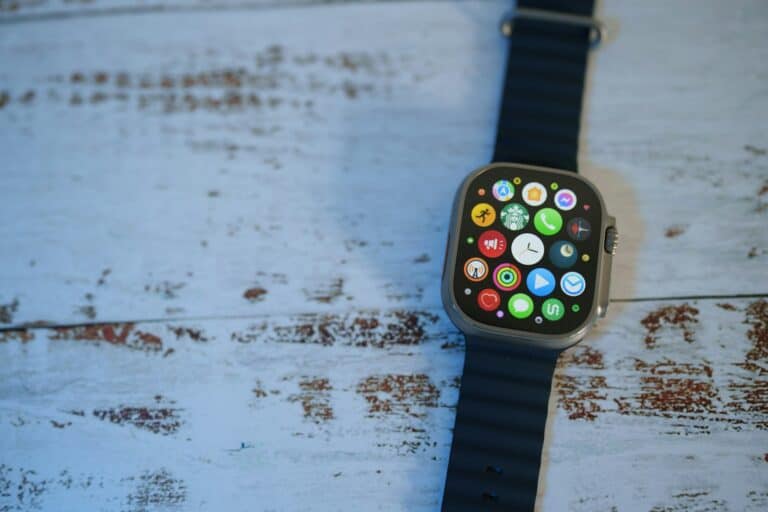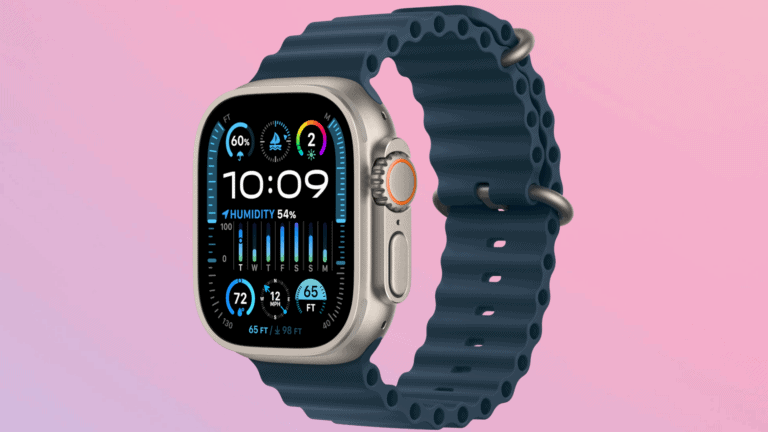No, an Apple Watch can’t directly measure your blood pressure. You can pair it with compatible tools, however, that can achieve that. The Apple Watch is a major component in health monitoring – especially with recent innovations. When you pair the watch with a compatible external blood pressure monitors it can record and display the data for you. Through the pairing of an FDA-approved blood pressure monitor and the watch, users can read their measurements directly on their wrist.
To use an Apple Watch for blood pressure monitoring, you need a separate device. Compatible blood pressure monitors typically sync with an app that stores readings, making it easy to track changes over time and share this information with health professionals. This integration allows Apple Watch wearers to stay informed about their health metrics, alongside other features like heart rate monitoring and activity tracking. The process usually involves setting up the external monitor’s app on the watch and following simple pairing instructions. Users can then view their systolic and diastolic blood pressure information through the app.
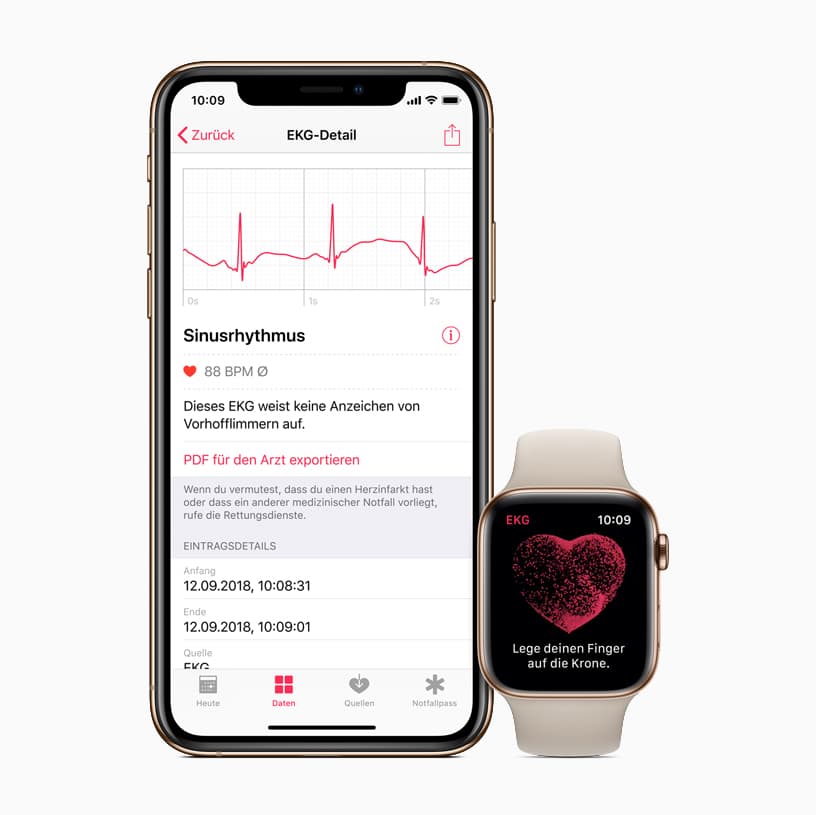
❓ The Short Answer
No — the Apple Watch (including the SE 3, Series 11, and Ultra 3) cannot directly measure your blood pressure. Unlike traditional blood pressure monitors, it does not have an inflatable cuff or the necessary sensors to capture systolic and diastolic readings.
However, the Apple Watch can still help you track and manage blood pressure by pairing with compatible third-party devices and apps.
📱 How It Works
- External Blood Pressure Monitors
- To measure blood pressure, you’ll need an FDA-cleared Bluetooth blood pressure cuff (e.g., Omron, QardioArm, Withings).
- These devices connect to your iPhone and sync readings with the Apple Health app.
- Apple Watch Integration
- Once your readings are stored in Apple Health, they can also appear on your Apple Watch.
- You can view trends, set reminders, and share data with healthcare providers.
- Hypertension Alerts (New in Series 11 & Ultra 3)
- While not a blood pressure reading, Apple introduced hypertension alerts in 2025.
- The watch uses heart rate and other data to detect patterns that may indicate high blood pressure risk, prompting you to check with a proper cuff.
⚖️ Accuracy & Limitations
- The Apple Watch cannot replace a medical-grade blood pressure monitor.
- It’s best used as a companion tool: reminding you to take readings, logging data, and helping you maintain consistency.
- For clinical accuracy, always rely on an arm cuff monitor.
✅ Bottom Line
Your Apple Watch can’t take your blood pressure by itself, but it can be an excellent hub for tracking and managing your readings when paired with the right devices. If blood pressure monitoring is a priority, consider investing in a compatible Bluetooth cuff and using your Apple Watch as the central tool for organization, reminders, and long-term health tracking.
Understanding Blood Pressure Monitoring with Your Apple Watch
While the Apple Watch offers amazing health features, it cannot directly measure blood pressure on its own. Here’s what you need to know:
How Blood Pressure Measurement Works
Traditional blood pressure measurement requires a special cuff that inflates and deflates around your arm. This process helps identify two key readings:
- Systolic Pressure: Pressure when your heart beats.
- Diastolic Pressure: Pressure when your heart is at rest.
Apple Watch Capabilities and Limitations
The Apple Watch has powerful health sensors, including a heart rate monitor and ECG (electrocardiogram). These features can detect irregular heart rhythms and provide useful health insights. However, it lacks the specialized hardware to directly measure blood pressure.
Indirect Monitoring Options
H3: Pairing with a Blood Pressure Cuff
You can pair your Apple Watch with certain wireless blood pressure monitors. These devices usually work with a traditional arm cuff and their own app. The blood pressure readings sync with the Health app on your Apple Watch, providing a centralized view of your health data.
H3: Third-Party Apps
Some third-party apps claim to estimate blood pressure using camera-based techniques on your Apple Watch. However, their accuracy is often unreliable and not a substitute for a dedicated blood pressure monitor.
Who Should Track Their Blood Pressure
H4: Talk to Your Doctor
It’s best to consult your doctor about whether you need to monitor your blood pressure. They can recommend the appropriate method and tools based on your individual health situation.
| Feature | Apple Watch | Blood Pressure Cuff |
|---|---|---|
| Direct Blood Pressure Measurement | No | Yes |
| Heart Rate Monitoring | Yes | Some Models |
| ECG Functionality | Yes | No |
| Health Data Tracking | Yes | Yes (with compatible app) |
The Apple Watch is a powerful health tool but shouldn’t be relied on for direct blood pressure measurement. Pairing with an approved blood pressure cuff and consulting your doctor are essential for accurate readings and appropriate health management.
Key Takeaways
- An Apple Watch requires an external monitor to measure blood pressure
- Blood pressure data can be synced and viewed through a paired app
- The integration aids in tracking health metrics beyond the watch’s built-in features
Understanding Blood Pressure and Apple Watch
The Apple Watch has become a popular tool for monitoring health, with features aimed at keeping a close eye on heart health. It’s important to clarify how it interacts with blood pressure monitoring.
Heart Health Fundamentals
Blood pressure is the force of blood against your artery walls. When you get a reading, it has two numbers; systolic and diastolic. Systolic is the higher number and shows the pressure as your heart beats. Diastolic, the lower number, is the pressure between beats. A normal range is vital for health.
Apple Watch Capabilities
The Apple Watch can monitor heart rate and can also perform an electrocardiogram using the ECG app. However, it does not directly measure blood pressure. It can send notifications if it detects an irregular heart rhythm, which may indicate high blood pressure or other heart concerns.
Limitations and Accuracy
While heart rate can be a clue to blood pressure, it is not a direct measurement. The Apple Watch can’t give blood pressure readings on its own. For medically accurate blood pressure measurements, a proper blood pressure monitor is needed.
Complementary Devices and Apps
You can pair the Apple Watch with external devices like QardioArm, Omron, iHealth, or Withings monitors. These FDA-approved devices use a cuff to measure blood pressure accurately, and these readings can be viewed in compatible apps like OMRON Connect, allowing better tracking and management.
Lifestyle and Blood Pressure Management
Managing blood pressure involves more than just tracking. It includes managing stress, getting enough exercise and sleep, and maintaining a healthy diet. Use the Health app to keep an eye on these factors, and share the data with your doctor to help maintain or achieve good heart health.
Integrating Blood Pressure Monitoring with Apple Watch
The Apple Watch pairs with external blood pressure monitors for accurate health tracking. This integration allows users to measure and monitor their blood pressure effectively.
Setting Up External Monitors
First, select a compatible blood pressure monitor like the QardioArm, Withings BPM Connect, or Omron Evolv. These devices sync with your iPhone and Apple Watch via Bluetooth. Setup involves downloading the associated app and following on-screen instructions to pair your device.
Steps to Pair a Monitor:
- Install the monitor’s app on your iPhone.
- Open the app and create your profile.
- Turn on the blood pressure monitor and ensure it’s in pairing mode.
- Follow the app’s instructions to connect the monitor to your iPhone and Apple Watch.
Data Analysis and Health Tracking
Once paired, the blood pressure monitor sends data to the app. The app then records each reading, providing:
- Instant Feedback: Color-coded results show if readings are in the normal range.
- Trend Analysis: Track your blood pressure over time to spot any changes.
- Apple Health Integration: Sync data with the Apple Health app for a comprehensive view of your health.
The data collected can be used for self-monitoring and to better understand how lifestyle choices affect blood pressure.
Communicating with Healthcare Professionals
Sharing blood pressure data with healthcare professionals can improve your care. Show them your blood pressure trends directly from your Apple Watch or iPhone during appointments. This can help with:
- Early detection of conditions like atrial fibrillation.
- Adjusting medication and treatment plans.
- Making informed decisions about your health.
To Share Data:
- Open the Health app on your iPhone.
- Select the data you wish to share.
- Use the app’s share feature to send this information to your doctor.
With the right setup, your Apple Watch becomes a valuable tool for health management, offering straightforward and effective blood pressure monitoring.
Frequently Asked Questions
This section answers common queries about the Apple Watch and its abilities to monitor blood pressure.
How to monitor blood pressure using an Apple Watch?
To monitor blood pressure with an Apple Watch, you must pair it with a compatible blood pressure cuff. Once connected, open the associated app on your watch to start and read your measurements.
What are the capabilities of Apple Watch in tracking heart rate and blood pressure?
The Apple Watch can track your heart rate using its built-in sensors. For blood pressure, it requires an external monitor to capture readings, which it can then display and store for tracking over time.
Are there any specific apps recommended for blood pressure monitoring on Apple Watch?
Apps like OMRON Connect and Qardio are often recommended for monitoring blood pressure with Apple Watch. These apps connect to compatible blood pressure cuffs and display your results on your wrist.
Can Apple Watch Series 7, 8, and Ultra provide blood pressure measurements?
No, the Apple Watch Series 7, 8, and Ultra do not measure blood pressure by themselves. They can display measurements when paired with a separate blood pressure monitor.
How can I use my iPhone in conjunction with my Apple Watch to track my blood pressure?
Pair your blood pressure monitor with your Apple Watch and use a supporting app that syncs data to your iPhone. This way you can track and review your blood pressure trends on both devices.
Are there any smartwatches that can accurately measure blood pressure?
Certain smartwatches from other brands have built-in blood pressure sensors. Always check for FDA approval or equivalent to ensure accuracy.

